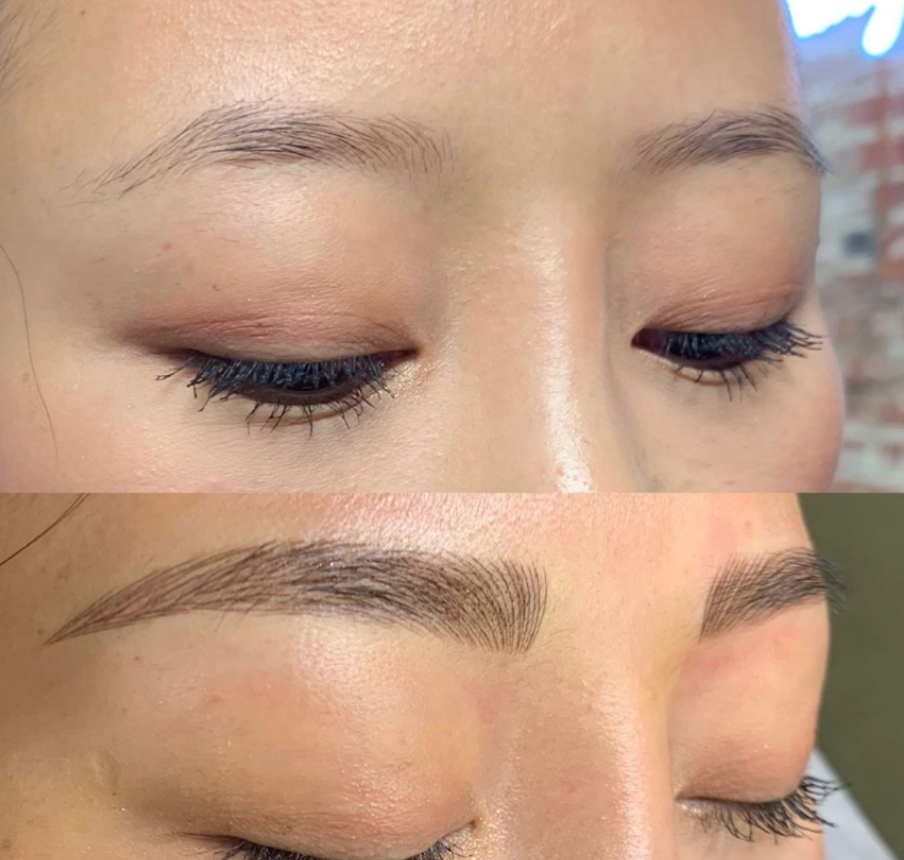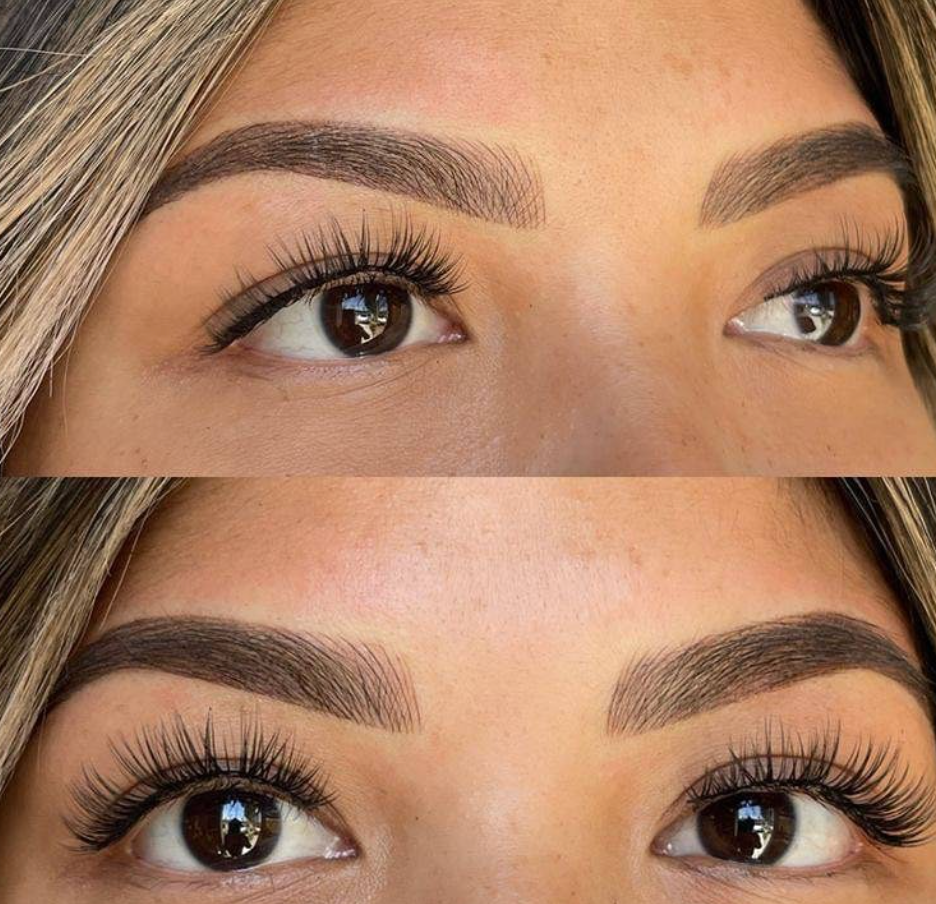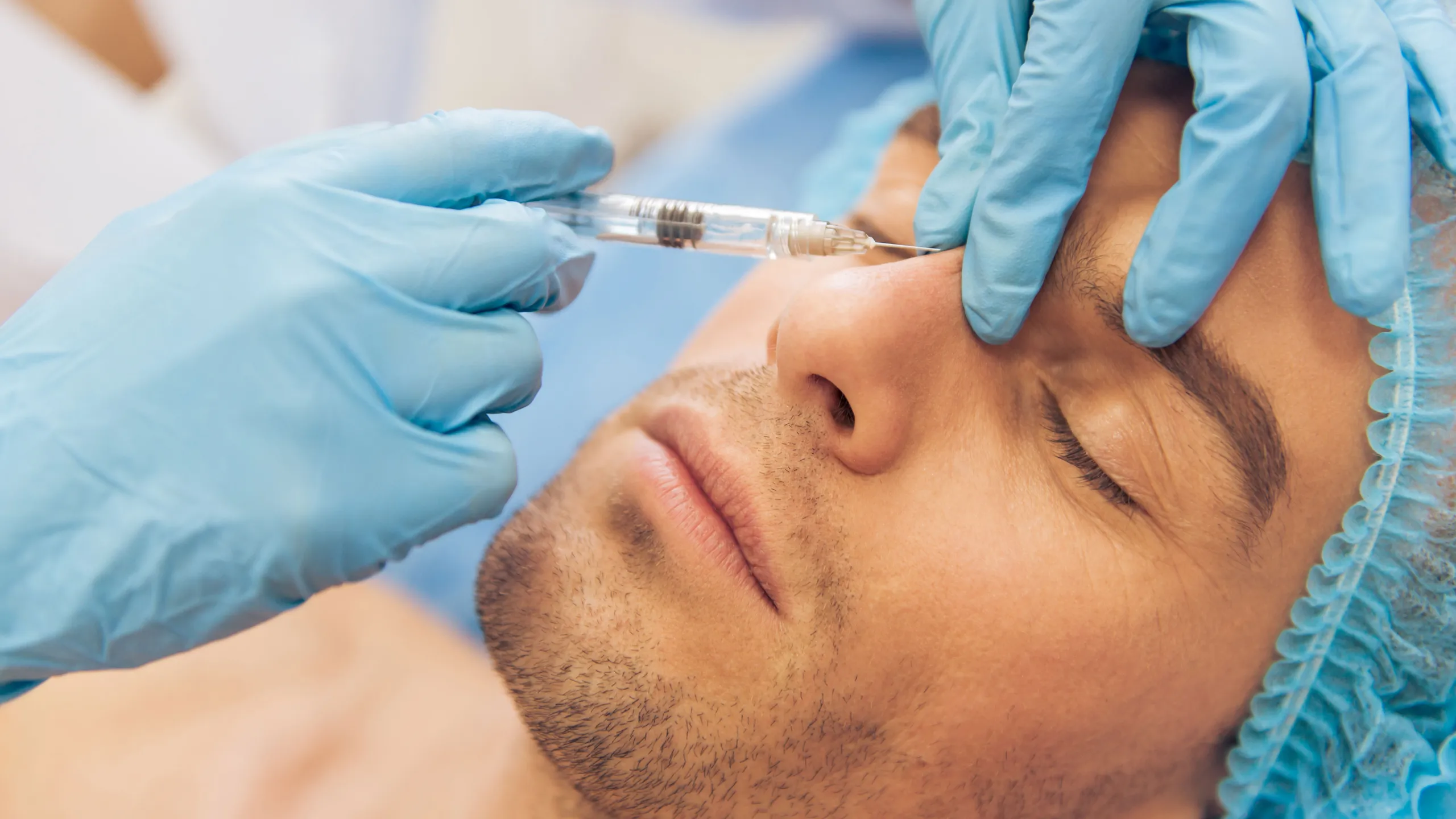Microblading has become an increasingly popular choice for those looking to enhance their eyebrows with a semi-permanent solution. This cosmetic tattooing technique creates natural-looking hair strokes, filling in gaps and providing a fuller appearance. However, many people wonder: how long does microblading last? Understanding the longevity of microblading results requires a closer look at various factors that influence the outcome, including skin type, aftercare practices, and environmental elements.
Understanding the Microblading Procedure
Before diving into how long microblading lasts, it’s important to understand the microblading procedure itself. During this process, a trained technician uses a specialized tool to deposit microblading pigments into the superficial layers of the skin, creating hair-like strokes that mimic natural eyebrows. The result is a more defined and aesthetically pleasing brow area.
The microblading procedure typically involves several key steps:
- Consultation: This initial meeting allows you to discuss your desired results and ask any questions.
- Brow Mapping: The technician will measure and map your eyebrows to achieve symmetry and your desired shape.
- Numbing: A topical numbing cream is applied to minimize discomfort during the procedure.
- Pigment Application: The technician creates the hair-like strokes using microblading ink.
- Aftercare Instructions: You’ll receive guidelines to promote proper healing and maintain your new brows.
While the results can look stunning immediately after the procedure, several factors will affect how long microblading lasts.
How Long Does Microblading Last?


Generally, microblading lasts anywhere from 1 to 3 years, depending on various individual factors. Many people enjoy their results for about 12 to 18 months before needing a touch-up. However, this can vary significantly based on the following key factors:
Skin Type
Your skin type plays a critical role in determining the longevity of microbladed eyebrows. The four main skin types are:
- Oily Skin: Individuals with oily skin types tend to produce excess oil, which can lead to premature fading of the microblading pigment. The excess oil can cause the microblading pigments to be pushed out of the skin, resulting in faster fading.
- Dry Skin: Those with dry skin may retain pigment better due to less oil production. However, if the skin lacks hydration, it can lead to scabbing and pigment loss.
- Combination Skin: This skin type presents a mix of oily and dry areas, which can complicate microblading longevity. The brow area may be oily, while the surrounding skin is dry, impacting overall results.
- Sensitive Skin: Sensitive skin can react to the microblading pigments or the procedure itself, possibly affecting the healing process and longevity of the results.
Healing Process


The healing process after microblading is crucial for achieving the best results. During the initial healing period, your skin will undergo several changes:
- Initial Healing: The first few days after the microblading session are critical. The treated area may appear darker, and some scabbing might occur.
- Peeling: As the skin heals, you may notice peeling and flaking, which is a natural part of the process. It’s essential not to pick at the scabs, as this can cause premature fading or scarring.
- Final Healing: After about 4 to 6 weeks, the eyebrows will settle into their final color and shape. This is when you’ll see the true results of your microblading.
Proper healing is necessary to ensure the pigments stay in the skin. Following microblading aftercare instructions is crucial for optimal results. Key aftercare tips include:
- Avoiding direct sunlight and excessive sun exposure.
- Keeping the eyebrows clean and moisturized.
- Avoiding harsh skincare products and chemicals.
- Not getting the eyebrows wet for the first few days.
Environmental Factors


Environmental elements can significantly impact the longevity of microbladed brows. Factors such as:
- Sun Exposure: UV rays from the sun can lead to fading of the microblading pigments. Excessive sun exposure can break down the pigment molecules in the skin, leading to quicker fading.
- Direct Sunlight: When your brows are exposed to direct sunlight, especially during peak hours, it can accelerate the fading process. Using sunscreen on the brow area after they have healed can help protect against UV damage.
Lifestyle Factors
Your lifestyle choices can also play a role in how long microblading lasts. Consider the following:
- Skin Hydration: Maintaining adequate skin hydration is vital. Well-hydrated skin retains pigment better, while dry skin can lead to quicker fading. Incorporating a healthy diet rich in vitamins and staying hydrated can support skin health.
- Oily Skin Considerations: If you have oily skin, you may need more frequent touch-ups to maintain your microbladed brows. Excess oil can cause the pigment to fade faster, requiring more attention to ensure your desired appearance.
Regular Touch-Ups
Regular touch-ups are essential for maintaining the integrity and appearance of your microbladed eyebrows. Touch-ups typically occur every 6 to 12 months, depending on your skin type and how well the pigments have retained. These touch-ups allow your technician to refresh the color and shape, ensuring your brows remain defined and natural-looking.
Microblading Pigments and Quality
The quality of the microblading pigments used can significantly affect how long microblading lasts. Higher-quality pigments tend to retain their color and appearance better over time. It’s essential to choose a reputable technician who uses quality products to promote better pigment retention and a natural look.
Proper Aftercare
The importance of proper aftercare cannot be overstated. Following the aftercare instructions provided by your technician is crucial for promoting optimal healing and preserving your microblading results. Proper care includes:
- Avoiding Excessive Sweating: High levels of sweating can wash away the pigments, leading to uneven results. Engaging in heavy workouts or sauna sessions should be avoided during the initial healing period.
- Keeping the Area Clean: Cleanliness is vital to prevent infections or complications. Use a gentle, mild soap to cleanse the area without irritating the skin.
- Applying Aftercare Ointment: Using the recommended aftercare ointment will help maintain moisture and promote healing.
Realistic Expectations
Setting realistic expectations is crucial when it comes to microblading. While the results can be stunning, they are semi-permanent and will fade over time. Understanding that individual factors, including skin type and aftercare, will affect how long microblading lasts will help you manage your expectations.
Allergic Reactions
In some cases, individuals may experience allergic reactions to the microblading pigments. Allergic reactions can lead to irritation, swelling, or even pigment loss. If you have sensitive skin or a history of allergies, discuss this with your technician during the consultation.
Conclusion: How Long Does Microblading Last?
In summary, the question of how long does microblading last varies significantly based on several factors, including skin type, healing process, lifestyle choices, and the quality of pigments used. On average, microblading results can last from 1 to 3 years, with regular touch-ups recommended to maintain the desired look.
To maximize the longevity of your microbladed brows, be sure to follow proper aftercare instructions, protect your eyebrows from sun exposure, and consider your skin type when planning for your microblading session. By doing so, you’ll enjoy beautifully defined eyebrows that enhance your natural beauty for an extended period.
Whether you’re considering microblading for the first time or looking to maintain your existing microbladed brows, understanding the key factors that influence results will help you achieve the best possible outcome. Embrace the freedom and confidence that comes with well-defined, natural-looking brows, and enjoy the benefits of this popular form of permanent makeup!








